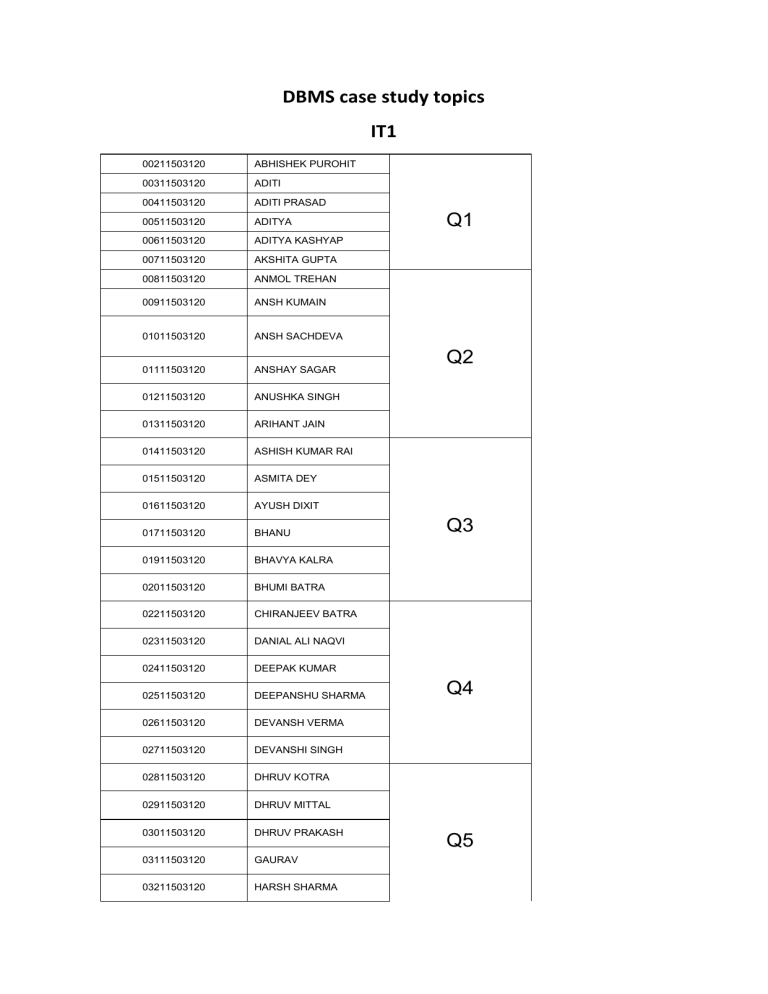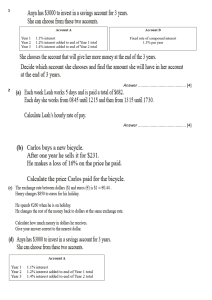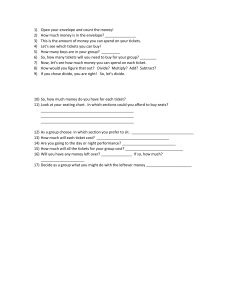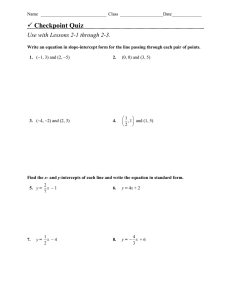
DBMS case study topics
IT1
00211503120
ABHISHEK PUROHIT
00311503120
ADITI
00411503120
ADITI PRASAD
00511503120
ADITYA
00611503120
ADITYA KASHYAP
00711503120
AKSHITA GUPTA
00811503120
ANMOL TREHAN
00911503120
ANSH KUMAIN
01011503120
ANSH SACHDEVA
01111503120
ANSHAY SAGAR
01211503120
ANUSHKA SINGH
01311503120
ARIHANT JAIN
01411503120
ASHISH KUMAR RAI
01511503120
ASMITA DEY
01611503120
AYUSH DIXIT
01711503120
BHANU
01911503120
BHAVYA KALRA
02011503120
BHUMI BATRA
02211503120
CHIRANJEEV BATRA
02311503120
DANIAL ALI NAQVI
02411503120
DEEPAK KUMAR
02511503120
DEEPANSHU SHARMA
02611503120
DEVANSH VERMA
02711503120
DEVANSHI SINGH
02811503120
DHRUV KOTRA
02911503120
DHRUV MITTAL
03011503120
DHRUV PRAKASH
03111503120
GAURAV
03211503120
HARSH SHARMA
Q1
Q2
Q3
Q4
Q5
03311503120
HARSHIT KHATTER
03411503120
HIMANSHU SHARMA
03511503120
HITEN VATS
03611503120
HITESH GANDHI
03711503120
ISHIKA SUNIL
03811503120
ISHITA KAPOOR
03911503120
KAUSHIK KOUL
04011503120
KETAN SINGH
04111503120
KUNAL SINGLA
04211503120
KUSHAGRA RANGA
04311503120
KUSHAGRA VARSHNEY
04411503120
MANISH SHARMA
04511503120
MAYANK GAGNEJA
04611503120
MAYANK GOEL
04811503120
MUDIT JAIN
05011503120
OMVIR SINGH
05111503120
PAARTH BHASIN
05211503120
PALAK GUPTA
05311503120
PARAM S RATANPAL
05411503120
PARITOSH KUMAR JHA
05511503120
PAWAN KUMAR
05611503120
PRAKASH KUMAR
PODDAR
05711503120
RAJAT GUPTA
05811503120
RISHABH BHATNAGAR
05911503120
RISHAV SASMAL
06011503120
RITIK RAJ
06111503120
ROHIT KUMAR
Q6
Q7
Q8
Q9
06211503120
RONIT DADRA
06311503120
SAGAR ASWAR
06411503120
SAHIL KUMAR JHA
06511503120
SAKSHAM KAUSHIK
06611503120
SAKSHI SAXENA
06711503120
SALONI KANSAL
06811503120
SARTHAK MAHESHWARI
06911503120
SATVIK SEHGAL
Q10
Q11
Q 1. Consider a relation ‘Employee’ with following attributes: Employee (EmpNo#, EName,
DName, Salary, DOJ, Gender) Suppose you are asked to find the department name and
number of employees in a given department. Write a PL/SQL block to using cursors for
retrieving and displaying the desired information.
Q 2. Consider a relation ‘Employee’ with following attributes: Employee (EmpNo#, EName,
DName, Salary, DOJ, Work_Experience, Gender) Write a PL/SQL program to display the
names of all the employees and increment percentage of salary according to their working
experiences, such as employees having more than 10 years of experience should be given
15% increment, employees having experience between 5 to 10 years should be given 10%
increment and employees with less than 5 years of experience should be given 5%
increment.
Q 3. Consider following relations ‘Student’ with following attributes: Student (Roll_No#,
Name, Course, Gender, Contact_No) Student_backup (RollNo#, Name, Date_of_Operation)
Create a trigger which will work before deletion in Student table and create a duplicate copy
of the record in another table Student_backup, with date of operation.
Q 4. Write a trigger for table Student called ‘Ensure_Case’ that converts the SName and city
to uppercase before they are inserted or updated in the table. If the insert statement given
by a user is: insert into Student values (‘Sunita’,‘MCA’, 20, ‘noida’) the trigger should convert
the name and city in upper case as – SUNITA and NOIDA
Q 5. Consider a relation ‘Employee’ with following attributes: Employee (EmpNo#, EName,
DName, Salary, DOJ, City) Using explicit cursor, write a PL/SQL code that displays the name
and salary of each employee from the Employee table whose salary is less than that
specified by a passed-in parameter value
Q6. Consider the following two transactions:
T1: read A
read B
if A=0 then B=B+1
write B
T2: read B
read A
if B=0 then A=A+1
write A
Add lock and unlock statements into these transactions, T1 and T2 so that they observe 2PL
protocol. Can the execution of these transactions result in a deadlock?
Q7 Consider a relation R=(A,B,C,D,E,F,G,H,I,J) and the set of functional dependencies
F={AB→C, BD→EF, AD→GH, A→I, H→J}.
Compute the key for R.
And decompose R into highest normal form.
Q8. Assume you are to compose database requirements of a wholesale dealer for audio,
video consumer equipment from different manufacturers (brands).Customers are the
various retail outlets (retailers). Wholesaler extends credit to old customer and special
discounts are offered to new customers (retailers). You have to generate an E-R model for
the above DBMS application with the scope restricted to details (queries on) of customers
(retailers), products stocked and their price discounts and credits offered etc.
Q9. Bob and Martin opened a CD Company, Inc., a family-owned business that sells audio
CDs of classic and best-selling children's stories. The Company has a number of distributors
from whom they purchase the CDs for resale. For selling purposes, the CDs are classified by
appropriate age groups: 4–6; 7–10; and 11–14. Roughly 30% of total sales occur within their
single retail store; the remaining 70% are through mail order. Sales are particularly strong
during the summer vacation months and Christmas shopping season. CD, Inc. has hired you
to design a relational database to manage all their data. The ERD should reflect the
following: • The Company offers its customers a purchasing incentive: all CDs are always
discounted 40% from the retail price. • The Company likes to store the names of “potential”
customers, even if they’ve never done business with them. • 3 times each year, the
Company sends out 5–6 page brochures to advertise their top-selling and latest-release CDs,
including general descriptions of each CD.
Q10. The railway reservation system facilitates the passengers to enquire about the trains
available on the basis of source and destination, booking and cancellation of tickets, enquire
about the status of the booked ticket, etc. The aim of case study is to design and develop a
database maintaining the records of different trains, train status, and passengers. The record
of train includes its number, name, source, destination, and days on which it is available,
whereas record of train status includes dates for which tickets can be booked, total number
of seats available, and number of seats already booked. You have to prepare an ERD for
railway reservation system. Description: Passengers can book their tickets for the train in
which seats are available. For Page 2 of 3 this, passenger has to provide the desired train
number and the date for which ticket is to be booked. Before booking a ticket for a
passenger, the validity of train number and booking date is checked. Once the train number
and booking date are validated, it is checked whether the seat is available. If yes, the ticket is
booked with confirm status and corresponding ticket ID is generated which is stored along
with other details of the passenger. After all the available tickets are booked, certain
numbers of tickets are booked with waiting status. If waiting lot is also finished, then tickets
are not booked and a message of non‐availability of seats is displayed. The ticket once
booked can be cancelled at any time. For this, the passenger has to provide the ticket ID (the
unique key). The ticket ID is searched and the corresponding record is deleted. With this, the
first ticket with waiting status also gets confirmed. List of Assumption Since the reservation
system is very large in reality, it is not feasible to develop the case study to that extent and
prepare documentation at that level. Therefore, a small sample case study has been created
to demonstrate the working of the reservation system. To implement this sample case
study, some assumptions have been made, which are as follows: 1. The number of trains has
been restricted to 5. 2. The booking is open only for next seven days from the current date.
3. Only two categories of tickets can be booked, namely, AC and General. 4. Total number of
tickets that can be booked in each category (AC and General) is 10. 5. The total number of
tickets that can be given the status of waiting is 2. 6. The in‐between stoppage stations and
their bookings are not considered.
Q11. Consider the following three relations:
Student (Roll, Name, Course, DateOf Reg)
Book (Bcode, Bname, Publisher, Author, Price)
Issue (Roll,Bcode, DateOfIssue, DateOfRet)
Now write queries for the following in relational algebra as well as in SQL:
1. Find the names of books issued to ‘Manoj’.
2. Find the price of the books issued to roll no. 20
3. Find the names of students with their course who issued books on 23rd February 2016.
4. Display the names and publisher of books issued to MCA students.
5. Display the names of books issued to Sonali and Monika both.


